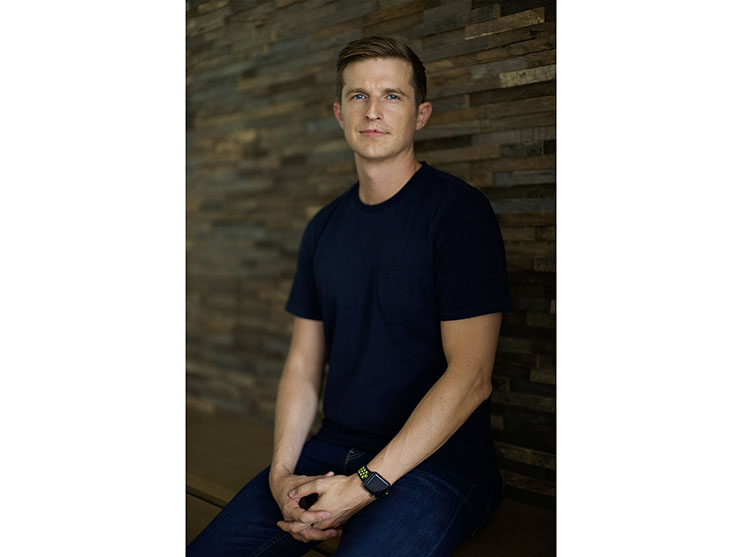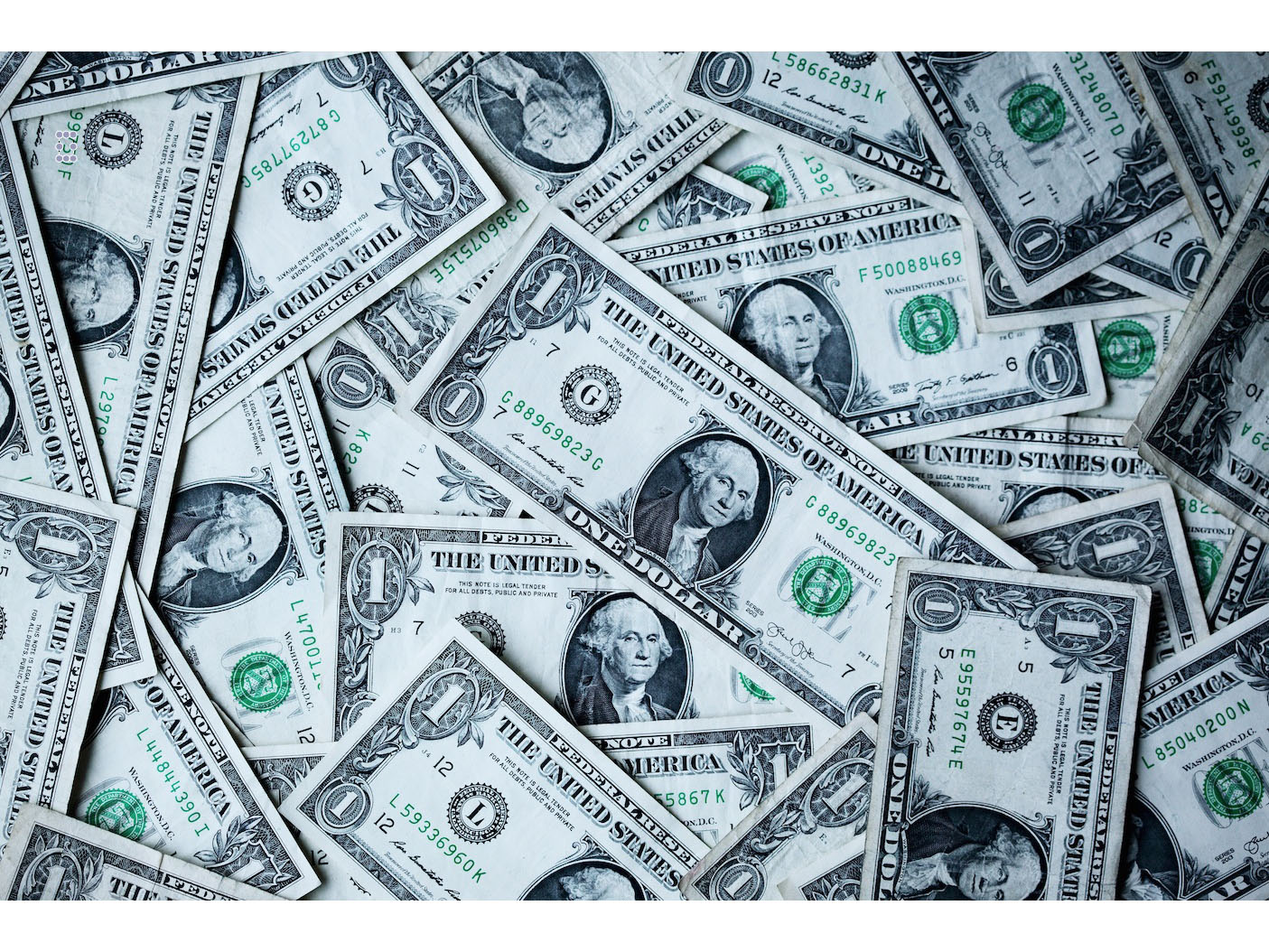News - Digital/Tech
Snapchat: Ramadan’s digital majlis in the social-distance era
by Jacob Thomas
March 15, 2021
.jpg) Advertisement
AdvertisementOver the past twelve months, the COVID-19 pandemic has driven fundamental shifts throughout the economy and our society. This shift will once again be evident in the way that Ramadan is celebrated this year. Traditions, however, are evolving in response to the exceptional circumstances we are experiencing. The need to connect, to spend time with family and friends, and the values of Ramadan will remain. However, the way in which people will do this is evolving.
We can see that Snapchatters, for example, claim they will spend 30% more time on their social and communication apps this Ramadan compared to last year. Snapchat has become a digital majlis in which people can be together while staying safe physically.
With the monthly addressable reach of Snapchat in MENA now at 67 million unique users, this represents a substantial shift in consumer behavior. But it is not without precedent. On average, Snapchatters in the UAE, Saudi Arabia, and Kuwait opened Snapchat 41 times a day and spent 77 minutes daily on the app during Ramadan in 2020, which was a 20% increase compared to the year prior. Special seasonal content—including exclusive videos from our partners across the region—and new augmented reality lenses kept people engaged. So much so that the majority of Snapchatters found it more fun than other mobile apps, more trustworthy, and the platform of choice for connecting with loved ones after breaking their fast.
This is clearly the space to be for brands that want high engagement and the ability to make meaningful connections through exciting creative content. For example, we have found that three in five Snapchatters say that using Snapchat is a smart way for brands to reach someone like them. The same percentage say that they pay more attention to brands and products when they see them on Snapchat, and half say that they use the app to learn about things they intend to purchase—especially if it’s something recommended by family or friends.
Based on our community’s input, we anticipate that 6 in 10 will watch more video content to learn about specific products or services, and almost 7 in 10 will rely on social apps to discover and buy new products and services. More than half of Snapchatters will also prioritize online shopping via e-commerce websites during the Holy Month.
So, what does this all mean for brands this Ramadan? For a long time, many have been planning Ramadan the same way, through the same channels. But the world isn’t static. Consumer behaviors have evolved. The way people experience Ramadan is different. It is critical that brands understand this and revitalize their campaigns accordingly.
One way to do this is by taking their creative further—meeting consumers where they are during Ramadan and establishing a meaningful connection. Augmented reality (AR) in particular is an innovative way to own the moment. From big occasions to everyday routines, it can enable the Snapchat Generation to build new traditions. One in three Snapchatters in KSA, for example, say they use AR Lenses and Filters more during Ramadan than other months of the year. In a recent study, nearly half of global respondents said that immersive technologies like AR make them feel connected to products.
In addition to AR, the way people watch content has evolved, shifting from traditional TV to mobile. In Saudi Arabia, for instance, more people watch content on Snapchat Discover than any of the top 10 TV channels, both before and during COVID-19. Publishers are rapidly migrating to full-screen, sound-on, premium content on mobile, and have the capability to weave in technologies to make the traditional viewing experience much more immersive.
In short, brands can consider Ramadan as a collection of magic moments that they can own - be it national, cultural, or individual human moments. It is time to create new traditions with their audience through real engagement. Today’s creative technologies can play a transformative role in how people in MENA experience this Ramadan, whether online or in the physical world. With that, anything is possible.



.jpg)










